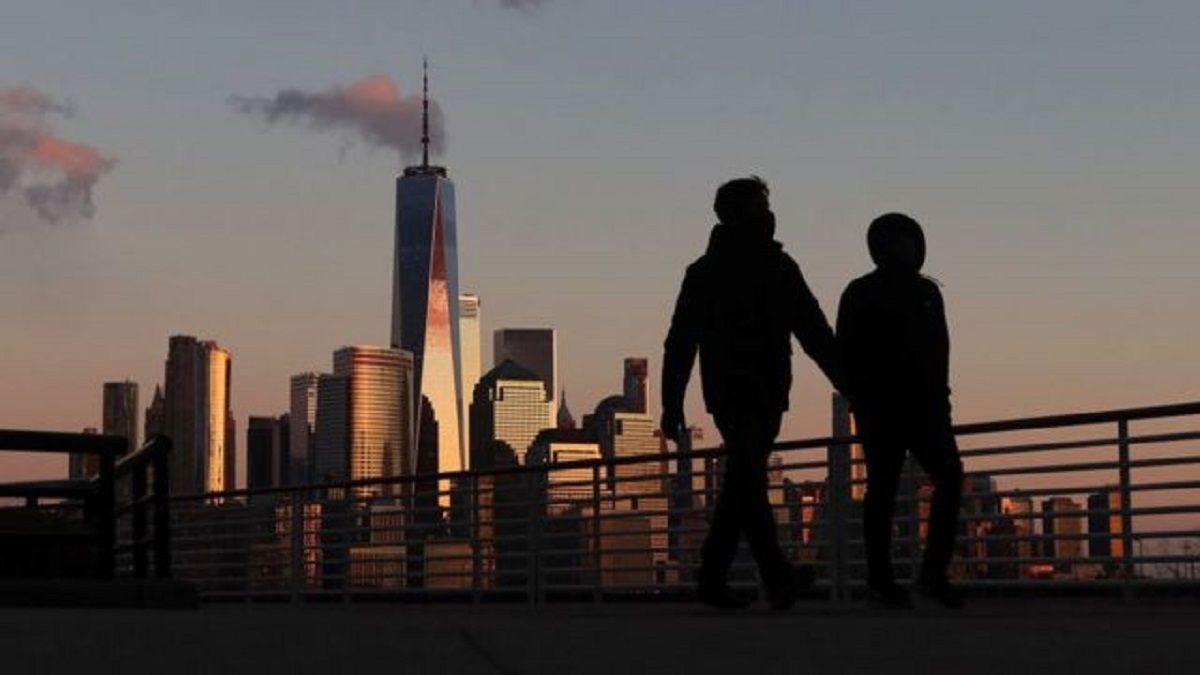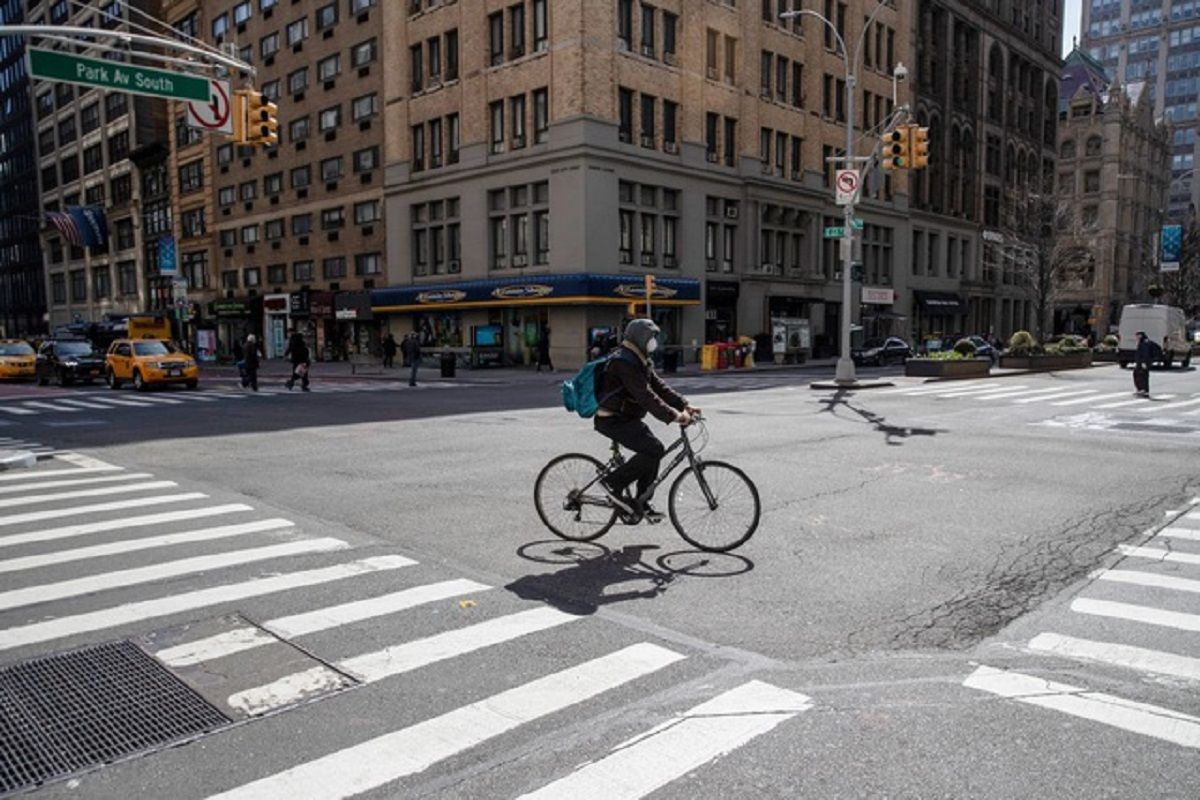Alexandra Hagen, founder of the White Arkitekter architecture office in Sweden, shared her views on the long-term effects of the Covid-19 epidemic on cities around the world.

“The epidemic forces us to apply technology more”
The epidemic has forced us to change the perspective and use of buildings, more broadly, an entire city. We must adapt and update new technologies, but in the context of the epidemic, change must happen more quickly. The adoption of new technology now involves a change in culture, way of life and is no longer just innovation. Densely populated areas need more attention and additional essential services.
“Human habits have changed a lot when the epidemic occurs, the purpose of using buildings must also change.”

One of the short-term impacts on architecture is that architects have to flexibly design functions. The needs of people change quickly, so the architectural works also need to change quickly. A real-life example is a hospital we completed in 2019 with 23 operating rooms that was converted into 64 intensive care units in just 10 days amid the epidemic.
In some places, the hotel has rented out monthly, quarterly, etc. Empty stalls in the commercial area are used as temporary offices. The pandemic has made us aware of the role of flexibility. We build buildings that last for centuries, and to maintain their value, buildings need to adapt to change in the short and long term.
The pandemic has also changed the way we use public spaces, we walk, ride bicycles instead of taking public transport because of social distancing. Parks, public spaces, bike lanes and pedestrian walkways are more important to cities than ever.
The pandemic has finally prompted both the people and the government to speak out demanding a sustainable transition. I hope that because of the pandemic, we will get the momentum we need to create a green, zero-carbon society. With architects and designers, we can make a huge impact because it is a powerful tool to change the world.

I want to mention six things that are likely to change in the future.
1. Quality in the workplace
For many businesses, employees now do not need to come to the office as often, many fields and departments can bring effective remote working. However, the office is still the place where important meetings take place, showing company culture and doing work that requires face-to-face meetings.
I predict businesses will not need as many offices in the city center as before, instead with the proliferation of mid-sized cities located near large metropolitan areas, because here people have You can find a better quality of life at a lower cost.
2. We can walk more
A sustainable transition calls for less transportation, so there will be a need for diversity, where everyone will find what they need within walking or biking distance.
3. Rise of New Trends
The retail industry plays an important role, providing essential needs for people. However, the pandemic has forced us to switch to more remote shopping. In addition, we also need to shop less, smarter.
Retail may need only small and medium sized stores located in the city, while warehouses will be located in the suburbs.
4. The importance of parks and public spaces
As a result of previous pandemics, like the flu in Spain, we've seen more investments in public spaces and parks. We know that disease spreads faster in densely populated areas, so it's important to create more buffers with public spaces and parks. It also improves the mental health and well-being of residents. Public parks are invested in contributing to the branding of the city, helping to improve biodiversity, prevent flooding and regulate the climate.
5. Effective use of existing works
Buildings that are left out of use will be the death of the city, and we have seen this clearly in the midst of the pandemic. Empty buildings are also a waste of resources and they also generate less revenue for the owner. I believe there will be a wave of conversion of existing buildings. And to achieve a zero-carbon society, we have to do a better job of using buildings for different purposes, filling them with functions at different times of the day.
6. The circle of design and reuse has the potential to be both a potential and a big challenge for designers.
We must design buildings to be disassembled and use more recycled materials. This is the beginning of a new era and I would like to quote Ursula von der Leyen: “We need to change our own system, our old conceptions to fit the sustainable style.” I am also looking forward to what this journey will be like.
Translate | Hoang Anh (Source: Dezeen)